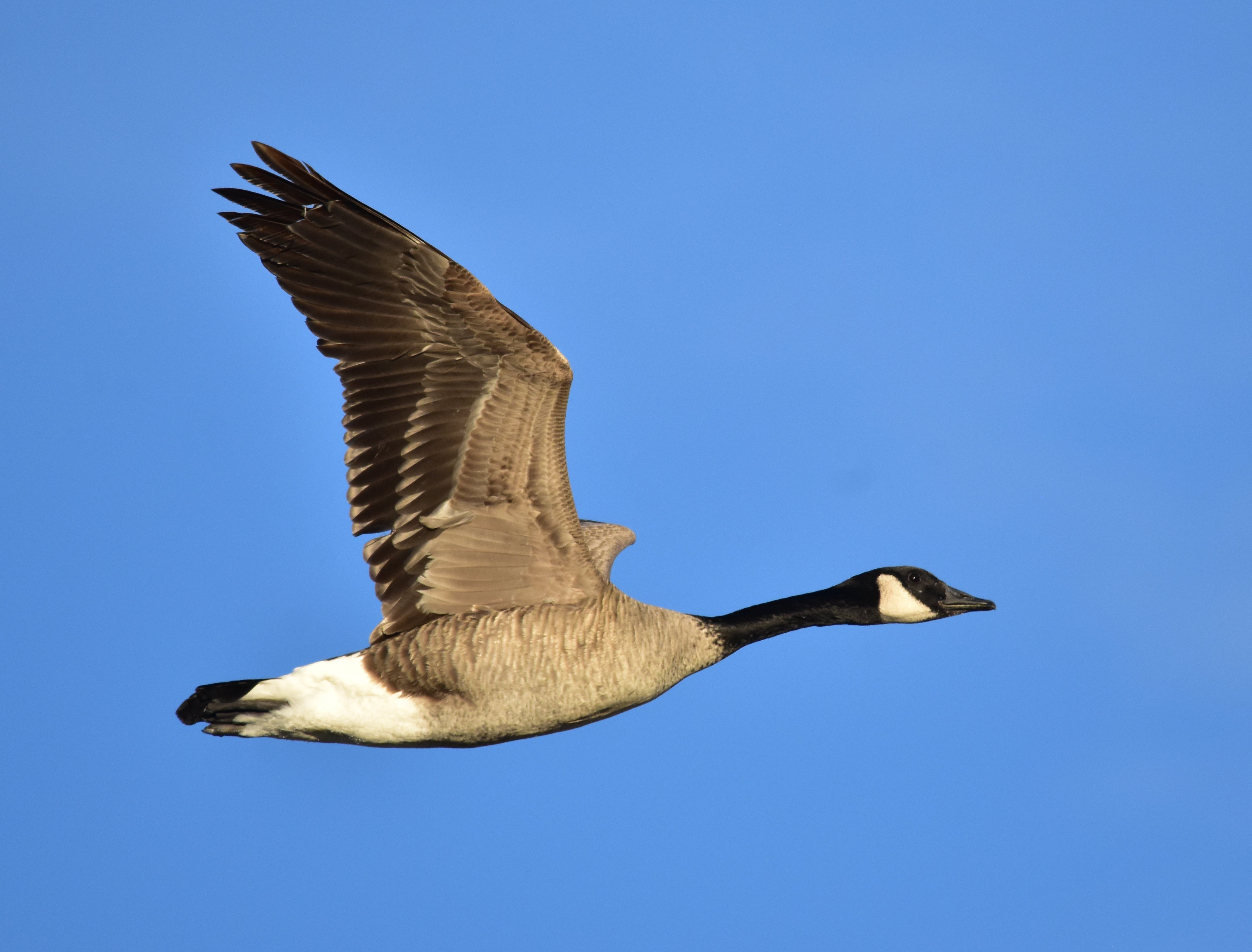When doves and deer in September spotlight, don’t forget geese
Published 12:00 am Thursday, August 24, 2023

- Resident populations of Canada geese cover North Carolina like kudzu and provide some good wing shooting for hunters who can locate concentrations of birds. - Photo by US Fish and Wildlife Service
|
Getting your Trinity Audio player ready...
|
By Dan Kibler
In the next 10 days to two weeks, North Carolina hunters will literally be turned loose in the woods and fields of the Tarheel State.
The big, popular openers are Sept. 2, when the first of the state’s three-part dove season opens, and Sept. 9, when archery season for white-tailed deer opens statewide.
Along the coast, two more seasons crank up: rails, coots and gallinules are in danger come Sept. 2, and the early duck season for teal will run Sept. 13-30 east of U.S. Hwy. 17.
Another opener that’s overlooked by plenty of hunters is Sept. 1, the beginning of the statewide season on resident Canada geese, which runs through Sept. 30, with a daily bag limit of 15 — the same number of doves you can keep.
Resident geese are not terribly difficult to kill during the September season if you don’t make many mistakes. The birds get a little more wary after they’ve been shot at a few times, but they’re never going to act like migratory Canadas, specklebellies or blue geese when it comes to riding the wind into a set of decoys.
And many landowners consider them a menace for the damage they do to crops and lawns, eating and leaving their leavings behind. So finding a place to hunt resident Canadas shouldn’t be overly difficult.
A few veteran goose hunters take advantage of the opportunity in different fashions.
Phillip Gentry of Waterloo, S.C., an outdoor writer, blogger, podcast host and kayak-fishing expert opts for his plastic boat to set up on geese in the early season. He’ll either use his kayak to transport himself and his gear to an area where he plans to hunt — a streamside field, for example — he can set up a blind on water, or he’ll float a large stream the same way he’ll float one much later in the fall for ducks: jump-shooting, as it were, or even stalking resting birds.
A key to success in all four phases of Gentry’s game
“The majority of success is patterning the birds ahead of time,” he said. “Early-season geese are notorious for flying both early and late in the day. Veteran hunters are also successful in knowing where birds like to go to water during the heat of the day. In this scenario, the kayak hunter doesn’t have to be as precise, especially on a public reservoir, because geese are accustomed to being bumped by boat traffic with few ill effects. They generally just move to a quieter area.”
Gentry said it’s legal to shoot Canada geese from a moving kayak — that’s a no-no if you’re in a motor-powered vessel. Paddling for peddling allows hunters to stalk geese that are accustomed to boat traffic. Gentry said it’s not uncommon to paddle up to a flock that won’t spook into the air but slowly eases away. He likes to direct them into a blind cove, where timber in the cove prevents them from scaring away from him when they finally take wing. That way, he’s in position to pass-shoot geese as they fly over him on the way back to open water.
If Gentry has pinned down an area on a reservoir or river as one regularly used by geese, he can actually tuck his kayak into the shoreline cover — perhaps adding even a little natural camouflages for a makeshift blind — toss out a couple of decoys and wait for geese to show up, coaxing them along with a goose call.
Michael Parker of Mount Ulla, who breeds and trains retrievers at Back Creek Kennels, does most of his damage to the resident Canada population in cut grain fields — the same way most dove hunters do.
Parker will scout fields to see how geese are using them — the direction they approach the field and where they tend to land and gather. Put out your decoy spread where the birds naturally want to go.
“Where you see geese in a field the night before, that’s exactly where they’re going to be the next morning, and you’d better have your decoys there,” he said. “They can be incredibly easy to decoy (early in the season).
Parker will use several dozen decoys; he makes his own silhouette decoys and sprinkles in some shells. But it’s the arrangement, not the number, that does the trick.
“If you ride around in the truck and look and see how they’re spread out in a field when they’re feeding, you’ll see them in family groups — maybe six or eight birds here, six or eight birds there,” he said. “Family groups have geese from the year before — maybe last year’s birds are still feeding with this year’s family. It will have yearling birds, adult birds (and) this year’s hatched birds. So when you set your decoys out in the field, set them in groups and pods.”
Parker keeps his calling simple.
“I call ‘em exactly the way I call wind Canadas,” he said. “You don’t have to be an expert caller …. (but) birds that have been shot at may need the coaxing of a good call to make them commit. You need a greeting call, something like what I call a ‘lonesome hen’ call, and a laydown call. If you can blow those three halfway decent, you’ll kill geese.”



